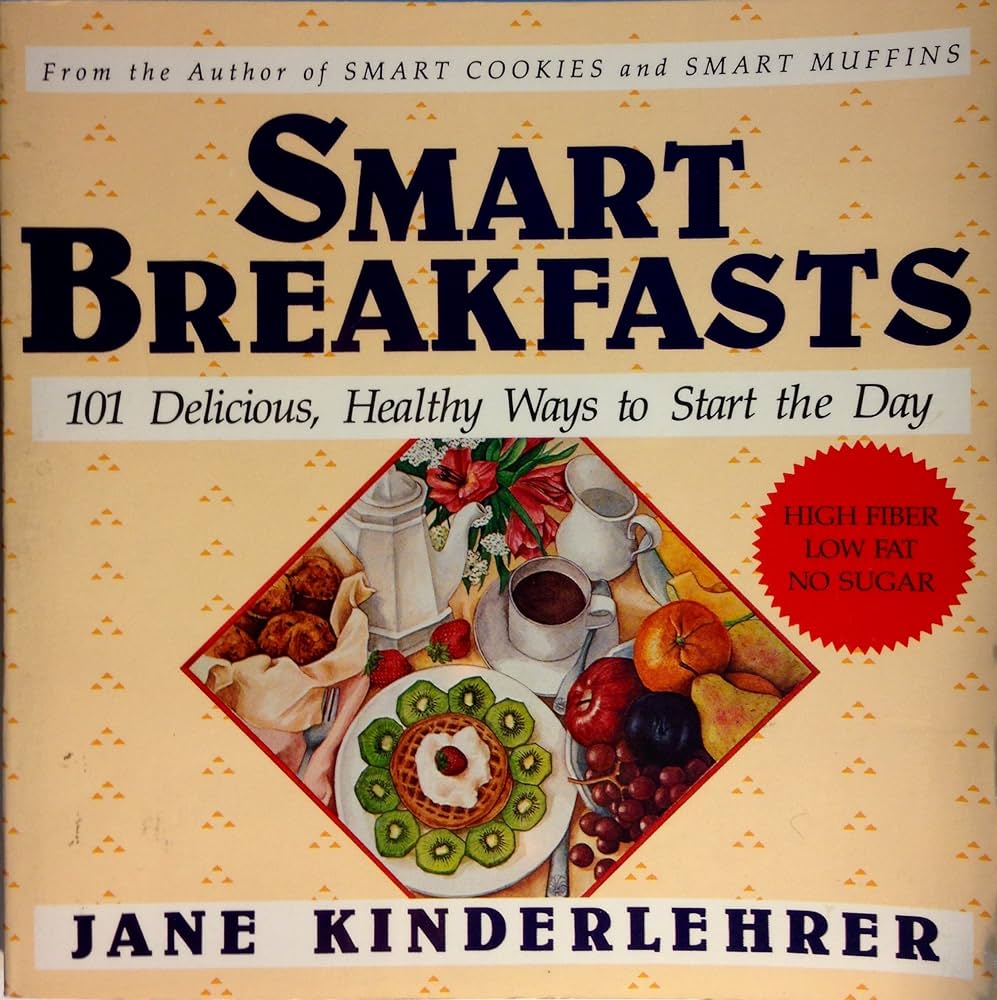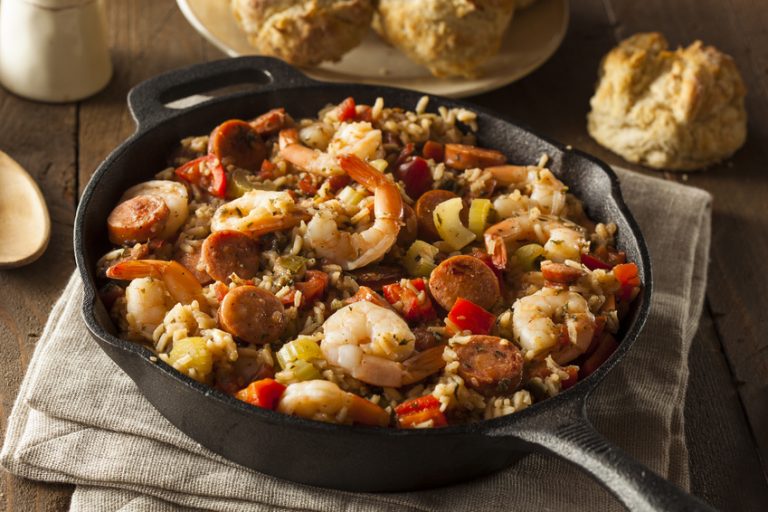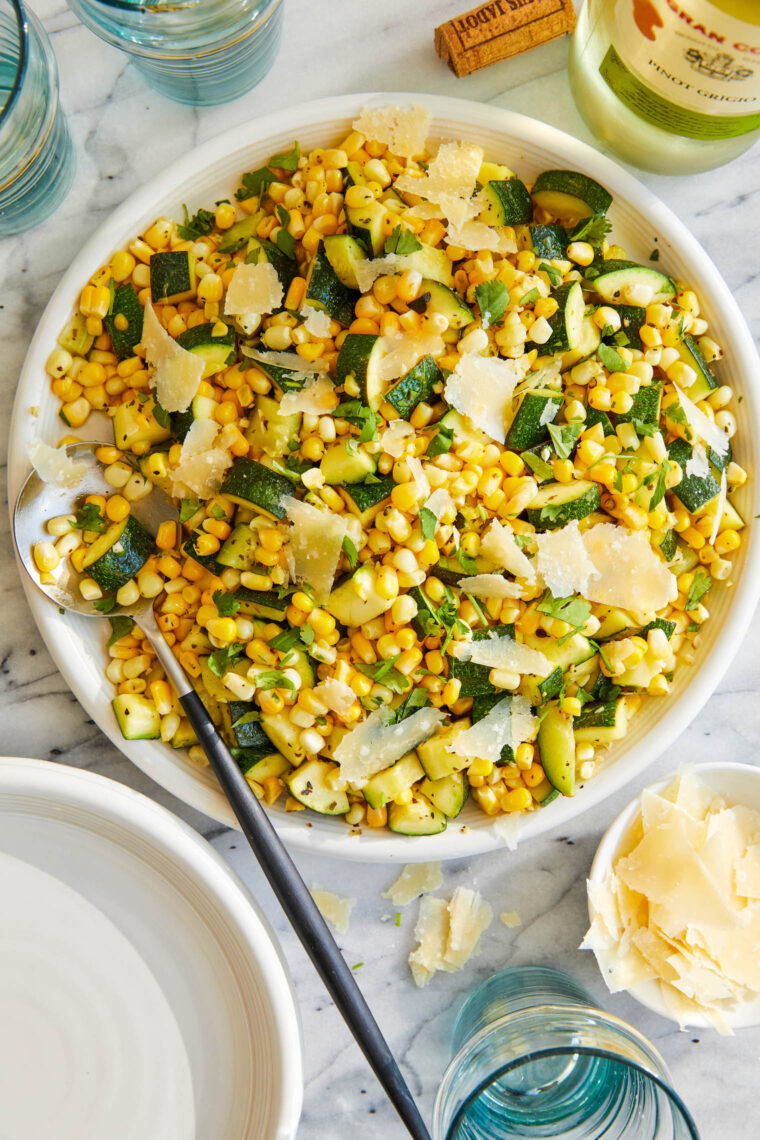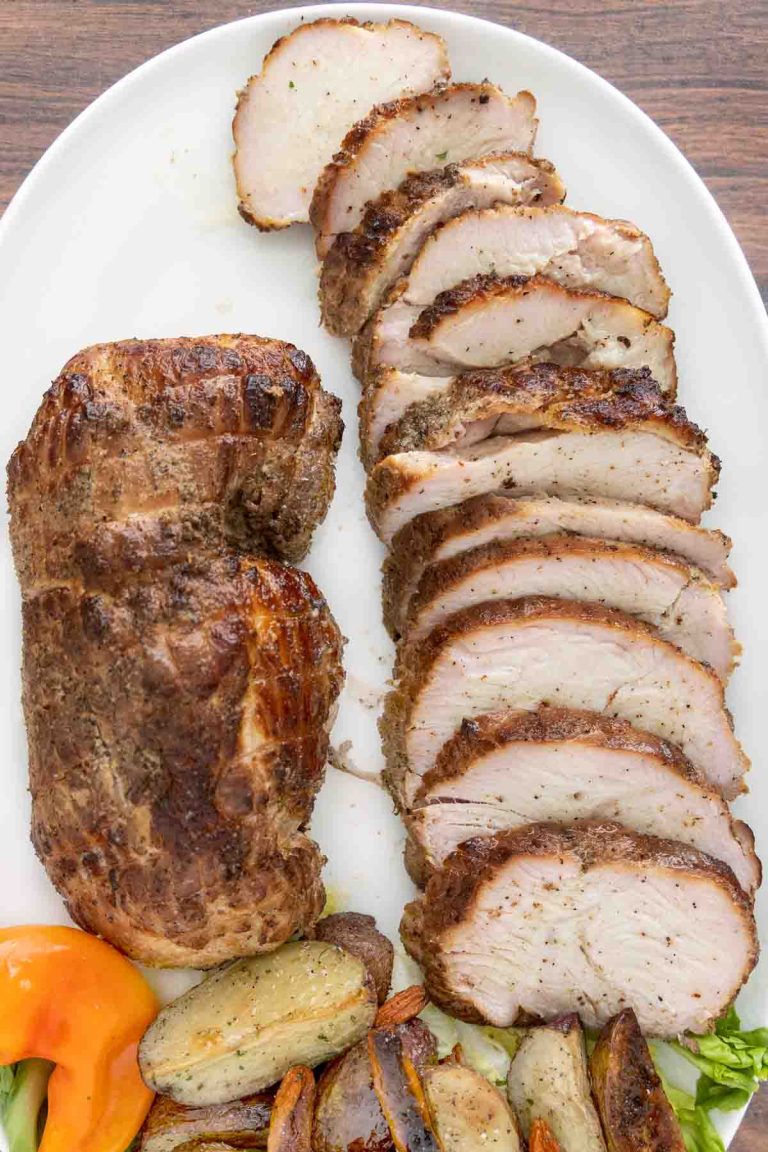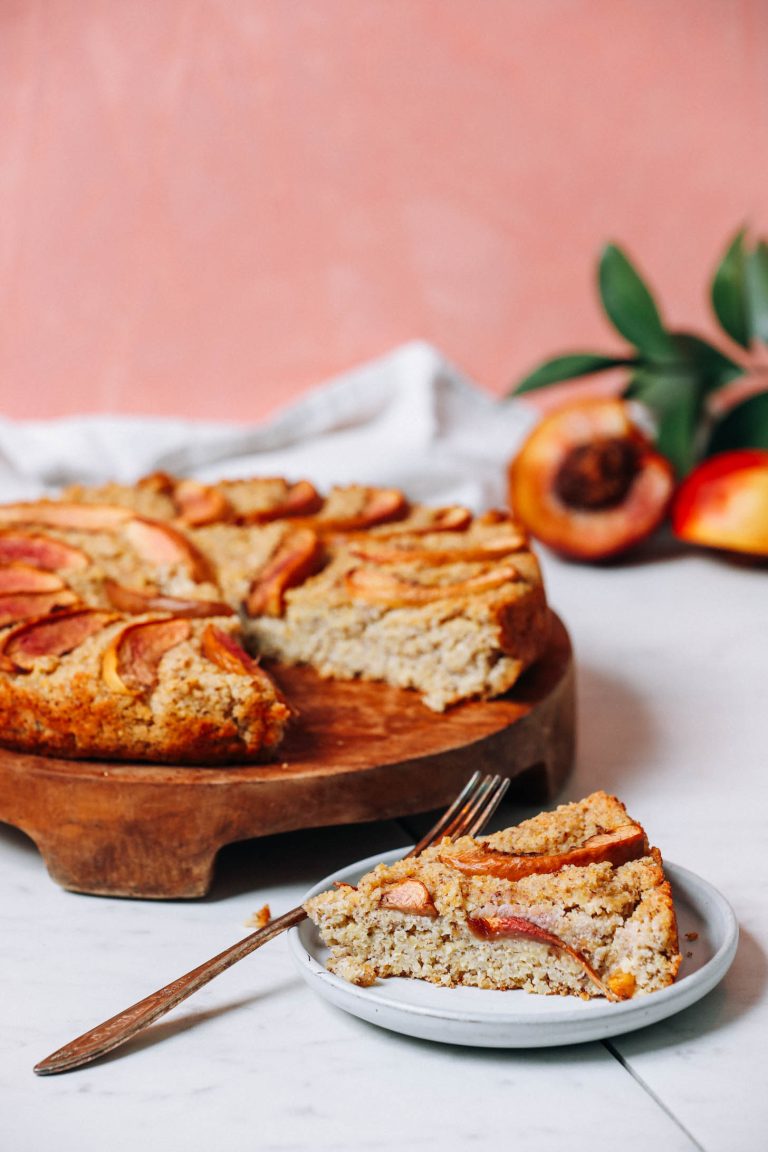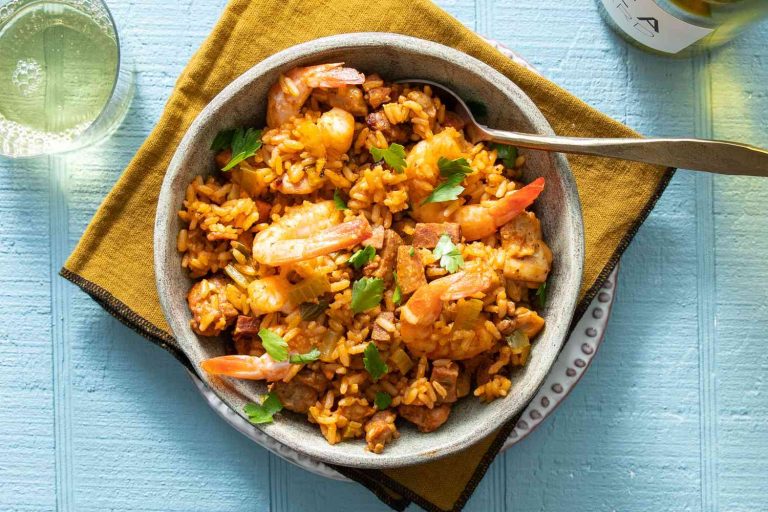Cheese Blintzes: History, Health Benefits, and Delicious Alternatives
Cheese blintzes come from Eastern European Jewish cuisine. Jewish communities in Russia, Poland, and Ukraine popularized this dish, cementing its place in their cultural traditions. Cheese blintzes often feature prominently during Shavuot, a Jewish holiday celebrating the giving of the Torah, when dairy foods are traditionally consumed.
Key Ingredients and Variations
The primary ingredients in cheese blintzes include crepes, cottage cheese, and eggs. Variations might use cream cheese, ricotta, or farmer cheese. Fillings can be sweet or savory; some include vanilla, sugar, and lemon zest, while others incorporate herbs or spices. You can find versions topped with fruit compote, powdered sugar, or sour cream, offering diverse ways to enjoy this classic dish.
How to Make Cheese Blintzes at Home
Step-by-Step Recipe
- Prepare Crepe Batter: Combine 1 cup all-purpose flour, 1 cup milk, 2 large eggs, 1 tablespoon melted butter, and a pinch of salt in a blender. Blend until smooth and let the batter rest for 30 minutes.
- Cook Crepes: Heat a non-stick skillet over medium heat. Lightly grease with butter. Pour 1/4 cup of batter into the skillet, swirling to coat the bottom evenly. Cook until the edges lift, then flip and cook for another 20-30 seconds. Transfer to a plate and repeat.
- Make Cheese Filling: Mix 1 cup cottage cheese, 1/2 cup cream cheese, 2 tablespoons sugar, 1 egg yolk, and 1 teaspoon vanilla extract in a bowl. Blend until smooth.
- Assemble Blintzes: Place a heaping tablespoon of filling in the center of each crepe. Fold the sides over the filling, then fold the top and bottom to form a rectangle.
- Cook Blintzes: Melt 2 tablespoons butter in a skillet over medium heat. Place blintzes seam-side down and cook until golden brown on both sides, about 2-3 minutes per side.
- Serve: Serve warm, topped with sour cream, fruit compote, or a dusting of powdered sugar.
- Overfilling Crepes: Resist overfilling crepes to avoid leaking. Use a heaping tablespoon of filling for best results.
- Burning Crepes: Avoid high heat when cooking crepes. Medium heat ensures even cooking without burning.
- Skipping Resting Time: Rest the batter for at least 30 minutes to allow the flour to absorb liquid fully.
- Lumpy Batter: Ensure a smooth batter by blending ingredients thoroughly. Sifting flour before use can also help.
- Uneven Cooking: Ensure even cooking by properly greasing the skillet and maintaining consistent heat.
- Dense Filling: Strain cottage cheese if it’s too watery to avoid a dense filling. Mixing various cheeses (cream cheese, ricotta) can provide a smoother texture.
This optimized section on making cheese blintzes at home ensures clarity, conciseness, and a seamless flow from the previous historical and cultural context to practical, hands-on instructions.
Serving and Pairing Cheese Blintzes
Ideal Condiments and Toppings
Cheese blintzes shine with the right condiments and toppings. Sour cream adds a tangy contrast, while fruit preserves like strawberry, raspberry, and blueberry bring a sweet note. Fresh fruits, such as sliced strawberries and blueberries, enhance the visual appeal and taste. Powdered sugar offers a subtle sweetness, and honey provides a natural, sticky finish. For a richer experience, melt a bit of butter on top.
Beverage Pairings That Enhance the Taste
Choosing the right beverage can elevate your cheese blintzes. A glass of freshly squeezed orange juice provides a refreshing balance. Hot drinks, like coffee or black tea, offer a robust flavor contrast. For an elegant touch, serve with a sparkling wine or a light-bodied white wine such as a Riesling. If you prefer non-alcoholic options, herbal teas like chamomile complement the delicate flavors of the blintzes.
Health Aspects of Cheese Blintzes
Nutritional Breakdown
Cheese blintzes contain essential nutrients but can be high in calories and fats. Typically, one cheese blintz (~100g) has around 220 calories, 10g of total fat, and 7g of protein. Key vitamins and minerals include calcium, vitamin A, and iron.
| Nutrient | Amount per 100g |
|---|---|
| Calories | 220 |
| Total Fat | 10g |
| Saturated Fat | 6g |
| Protein | 7g |
| Carbohydrates | 22g |
| Sugars | 4g |
| Fiber | 1g |
| Calcium | 100mg |
| Vitamin A | 500IU |
| Iron | 1mg |
Cheese blintzes offer a good source of dairy-based protein and calcium, beneficial for bone health.
Diet Considerations and Alternatives
Cheese blintzes may not align with all dietary plans due to their high fat and calorie content. Explore alternatives to make them fit better within specific diet requirements.
- Low-fat options: Use reduced-fat ricotta or cottage cheese for the filling. Swap butter with a non-stick spray or a small amount of olive oil to reduce fats.
- Gluten-free versions: Use gluten-free flour or almond flour for the blintz batter to cater to gluten intolerance or celiac disease.
- Vegan adaptations: Replace cheese with tofu or vegan cheese substitutes. Use plant-based milk like almond or soy milk in the batter.
Adapting cheese blintzes to fit various diets allows more people to enjoy this classic dish.
Conclusion
Cheese blintzes offer a delightful blend of tradition and nutrition. Whether you’re savoring their rich cultural history or enjoying their health benefits, these versatile treats can be adapted to fit various dietary needs. From classic recipes to modern twists, there’s a cheese blintz for everyone. So, next time you’re in the mood for a comforting and nutritious dish, consider making or experimenting with cheese blintzes. Your taste buds and body will thank you.
